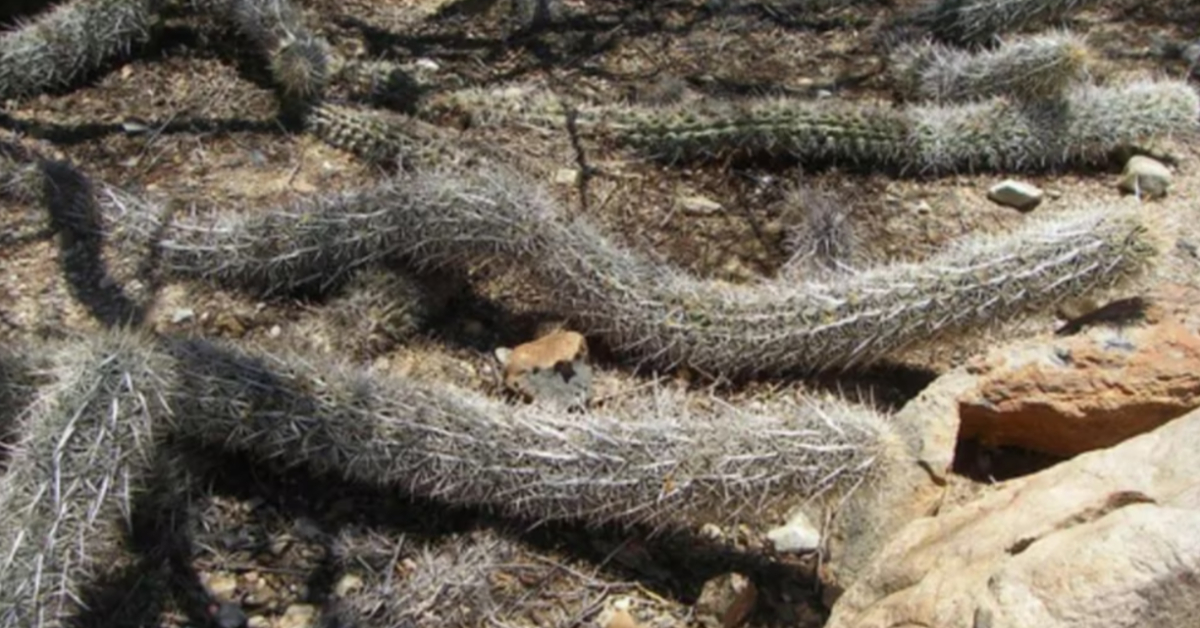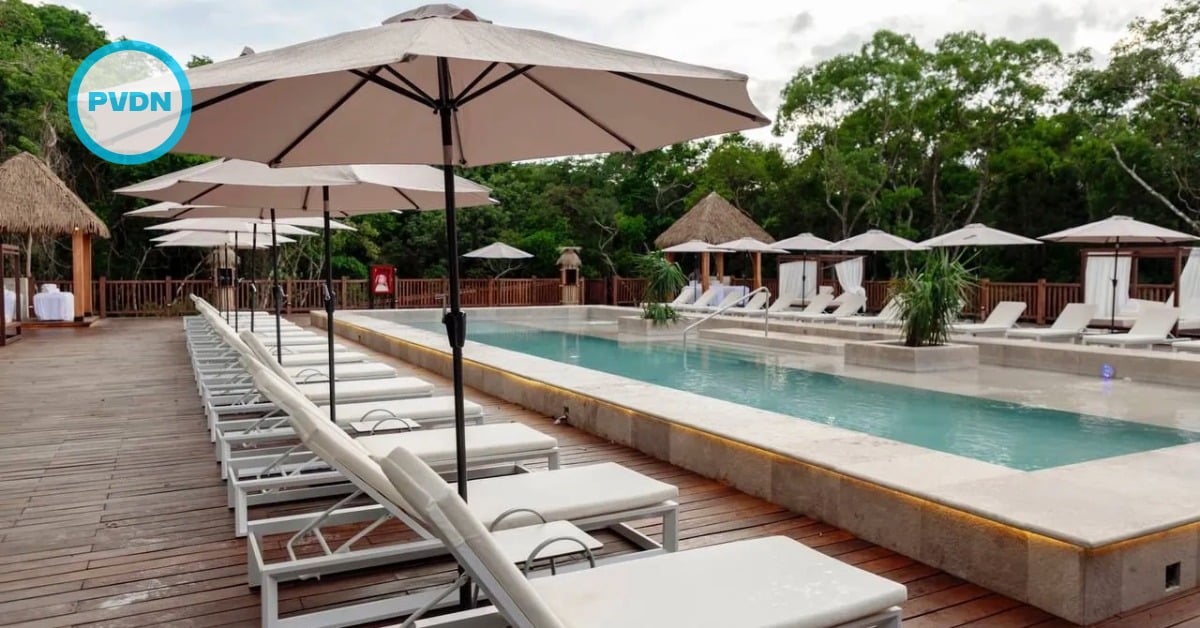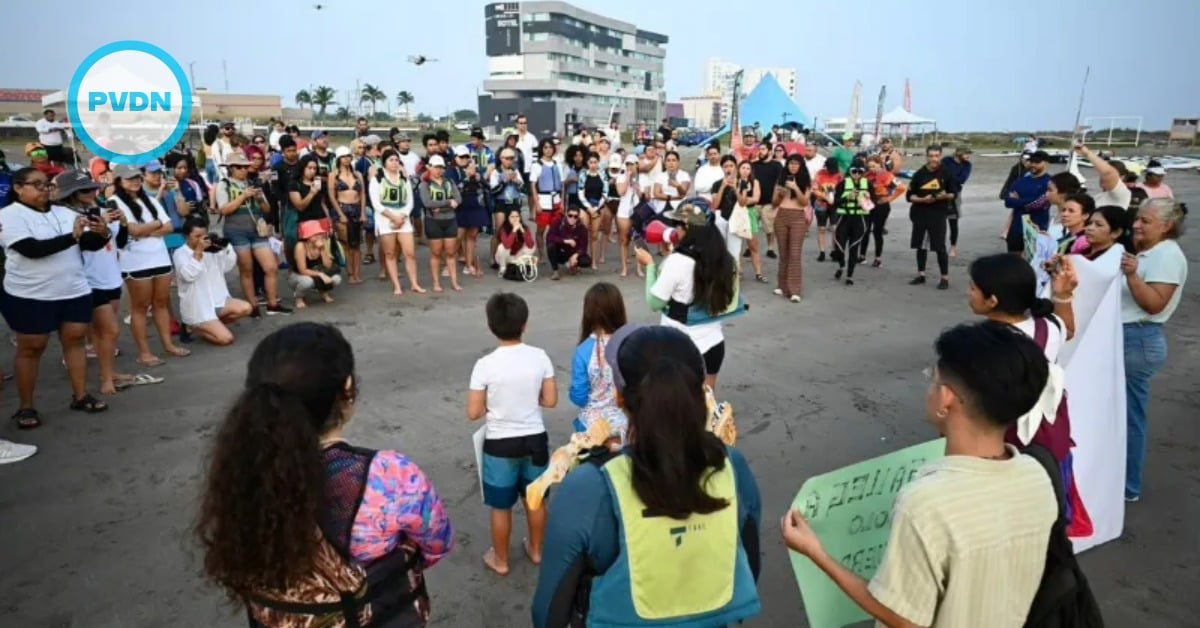Baja California Sur, a captivating Mexican state located on the southern half of the Baja California Peninsula, is a treasure trove of natural wonders, including a diverse array of flora and fauna. Among these unique species, the Stenocereus eruca, also known as the "walking cact…







